L’isola che non c’é
“L’isola che non c’è” takes its name from the Italian version of the original Peter Pan story by James Matthew Barrie.
“L’isola che non c’è” is the first project developed by EvraKedebra, Cecile Giovannini’s micro production company. It was conceived as an immersive and evolving narrative experience—an ode to fiction and to the works that fueled her imagination. Designed as a memory palace, this installation overflows with pop culture references, from Mary Blair to psychedelic rock, including nods to Disney’s famous Haunted Mansion. The characters inhabiting this universe evoke memory and intimacy.
From the very entrance of the exhibition, visitors are immersed in a dreamlike atmosphere inspired by cinematic sets. A path unfolds through various “stations,” allowing each visitor to construct their own story by assembling the narrative clues presented. Each object is interactive, creating a tangible connection with the work. Interactions vary in complexity: pressing a phone to hear a story, opening a suitcase to reveal an animated image, or interacting with a mirror that uses facial recognition.
At the end of the journey, an old book found at a flea market has been manually altered. Illustrative elements have been added to give it the feel of a vintage fairy tale. When opened, a few pages turn to reveal a touchscreen, offering access to a digital, alternate version of the space the visitor is in. This digital version—both playable and contemplative—lets users click on objects to unlock audio tracks or animated GIFs. The link between the digital/virtual and the analog/painted parts is made possible through a strong visual identity. Even when an object is fully technological, it retains a hand-made, painterly feel. Each element’s design is based on sketches and preparatory work created beforehand.
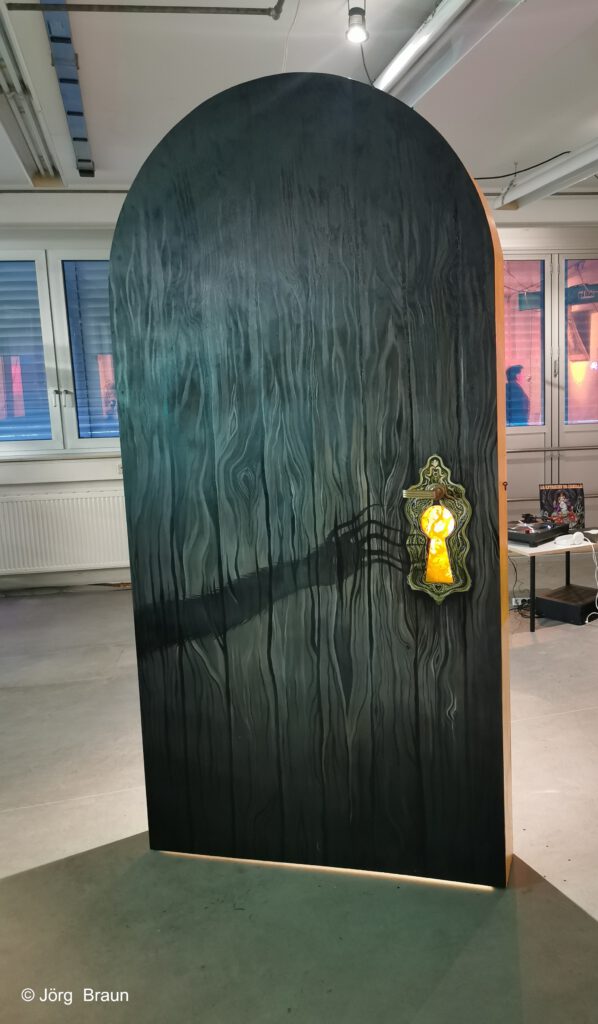
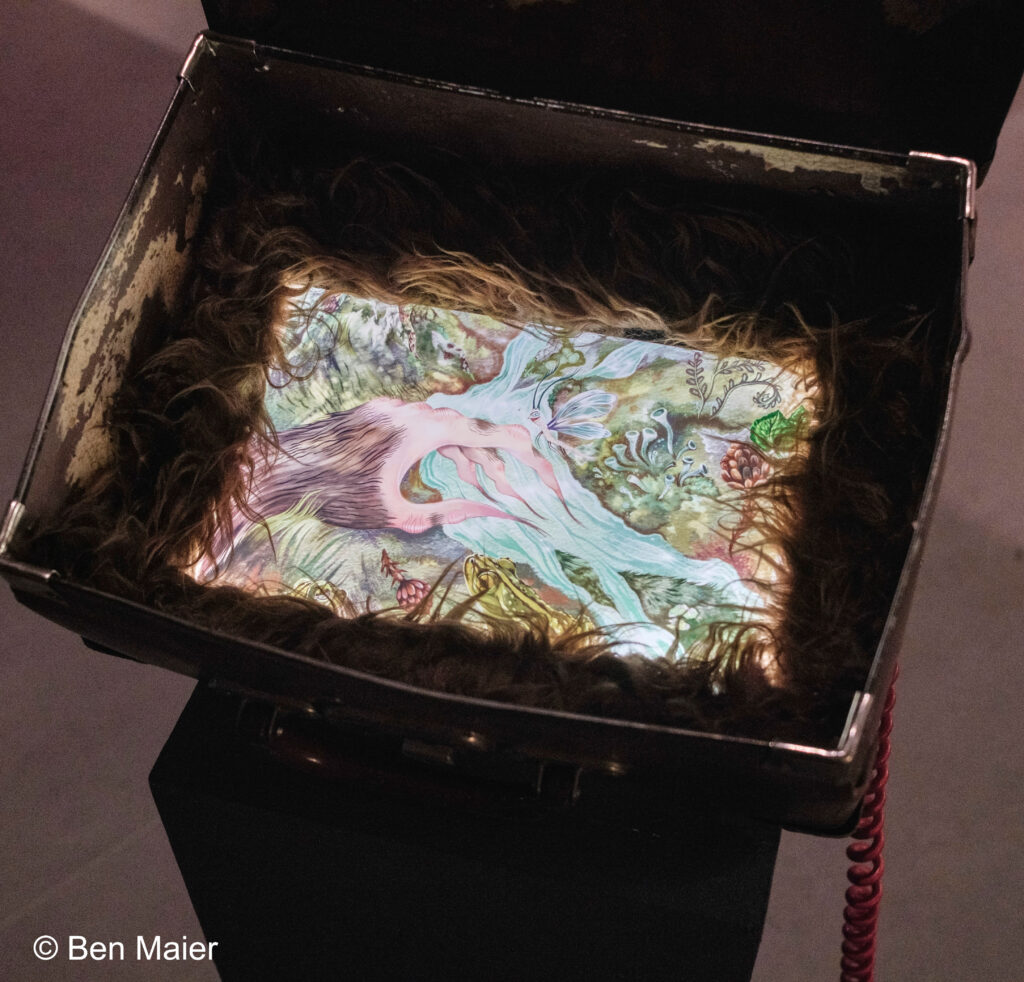
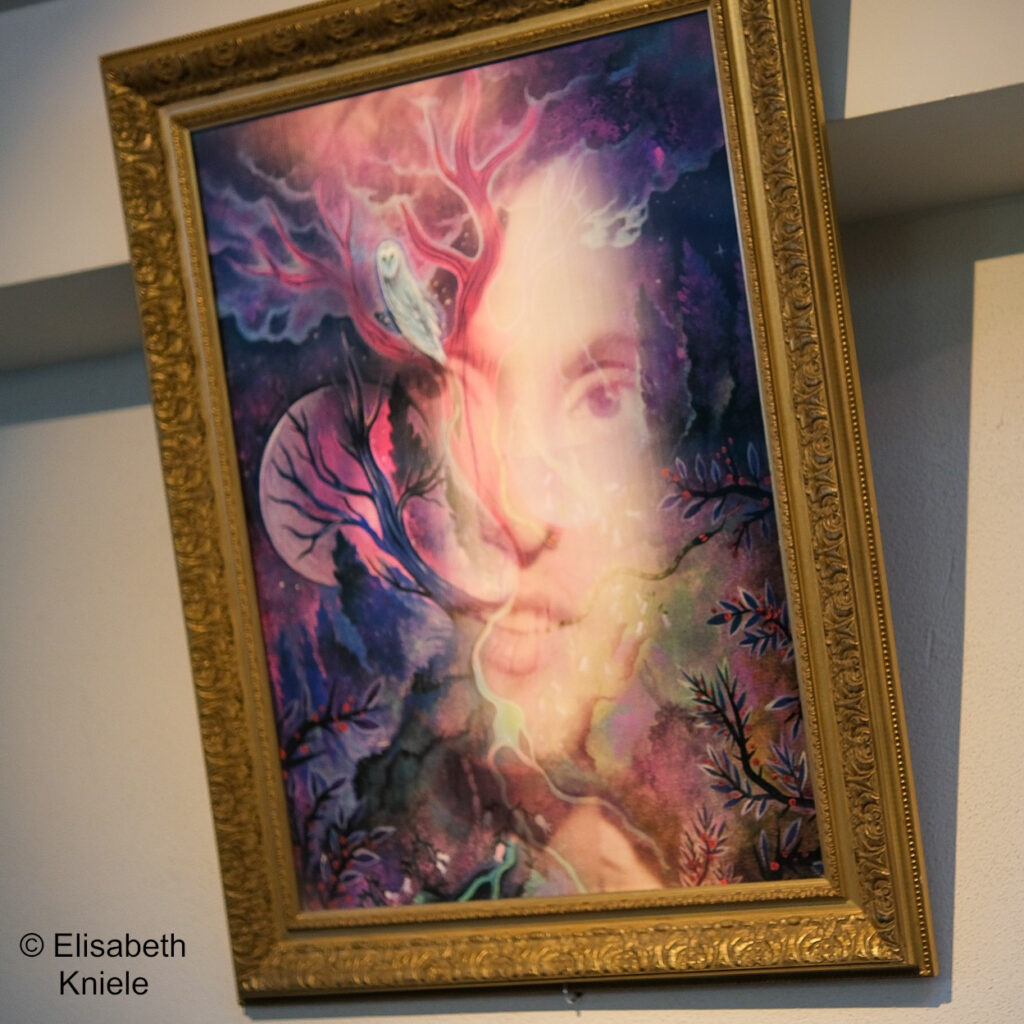
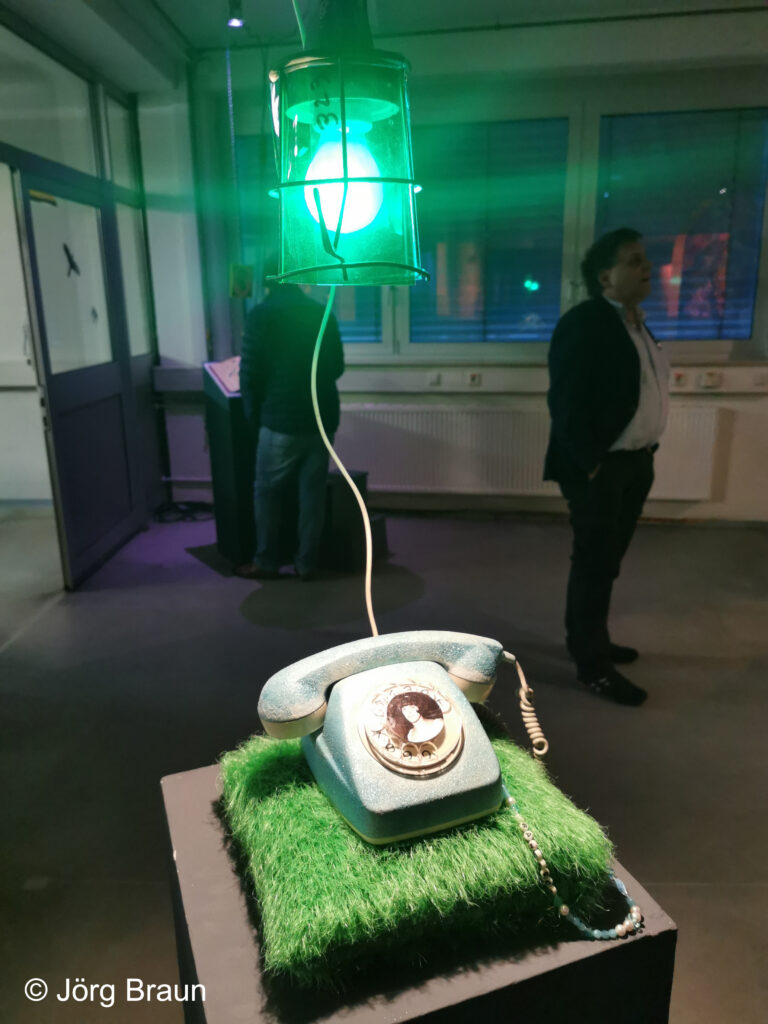
At the end of the first public showing, a hidden trapdoor opens in the digital version, granting access to a new alternate version of the installation, created using augmented 360° capture (which is where we are now). This version also contains glitches and additional clues.
Thus, the virtual and the physical complement each other, allowing a wide audience to access the artistic experience without geographical limitations. The physical installation—designed to travel and evolve—can be moved from place to place, with exclusive improvements and objects (both physical and virtual) added to each new presentation. Each physical version can be documented, transformed into an audiovisual work, and added as a new gateway into this expanding universe.
About Cecile Giovannini
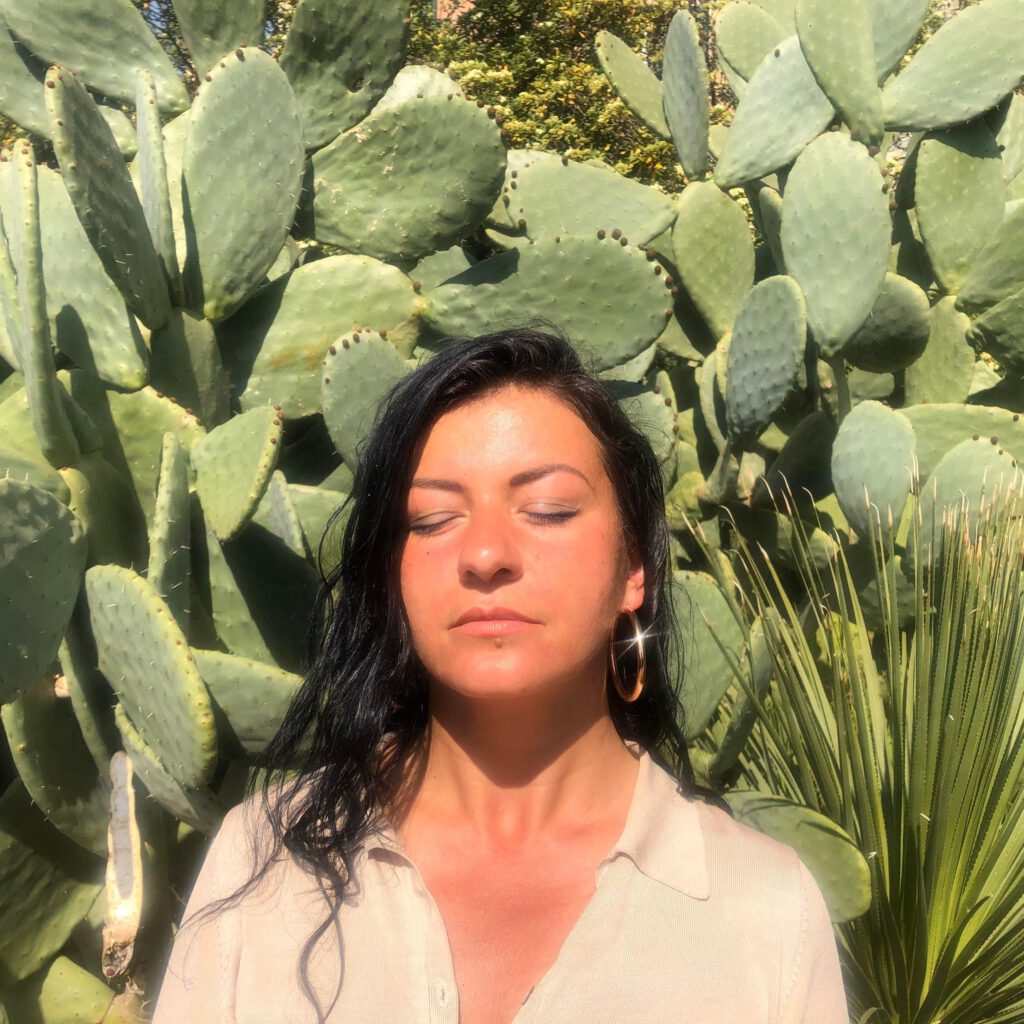
Cecile Giovannini is a visual artist who shares her life between Italy and Switzerland. Her work explores the power of fiction and its ability to extract and magnify the marvelous within reality. Cecile’s imagination has been shaped by family stories, pagan legends, Catholic imagery, cinema, and the forest where she grew up. The art of fiction serves as a means to construct a unique space where invented elements and familiar characters, often female, intertwine. It’s a space where fears and other emotions materialize as fantastical creatures or vibrant atmospheres.
Although painting is her preferred medium, Cecile’s artistic universe extends far beyond, expressing itself through various forms such as rotoscoping (a technique involving painting over elements in a filmed sequence), traditional animation, installations, interactivity, and collaborative projects. Indeed, in recent years, she has undertaken projects that require teamwork, including lighting design, text production, special effects, sound, new technologies, and set design. She views collaborative creativity as a way to build a shared memory through art.
Her work is showcased in museums, art centers, festivals, in Switzerland, Italy, Germany, online, and even in Canada. She has published several illustrated stories in collective works in Switzerland and England. She collaborates with numerous musicians, ethical brands, and other clients worldwide. She is a member of Avocat Studio, the founding association of the cultural and experimental center Villa Mirage, located in the former aluminum factory in Martigny, Switzerland.

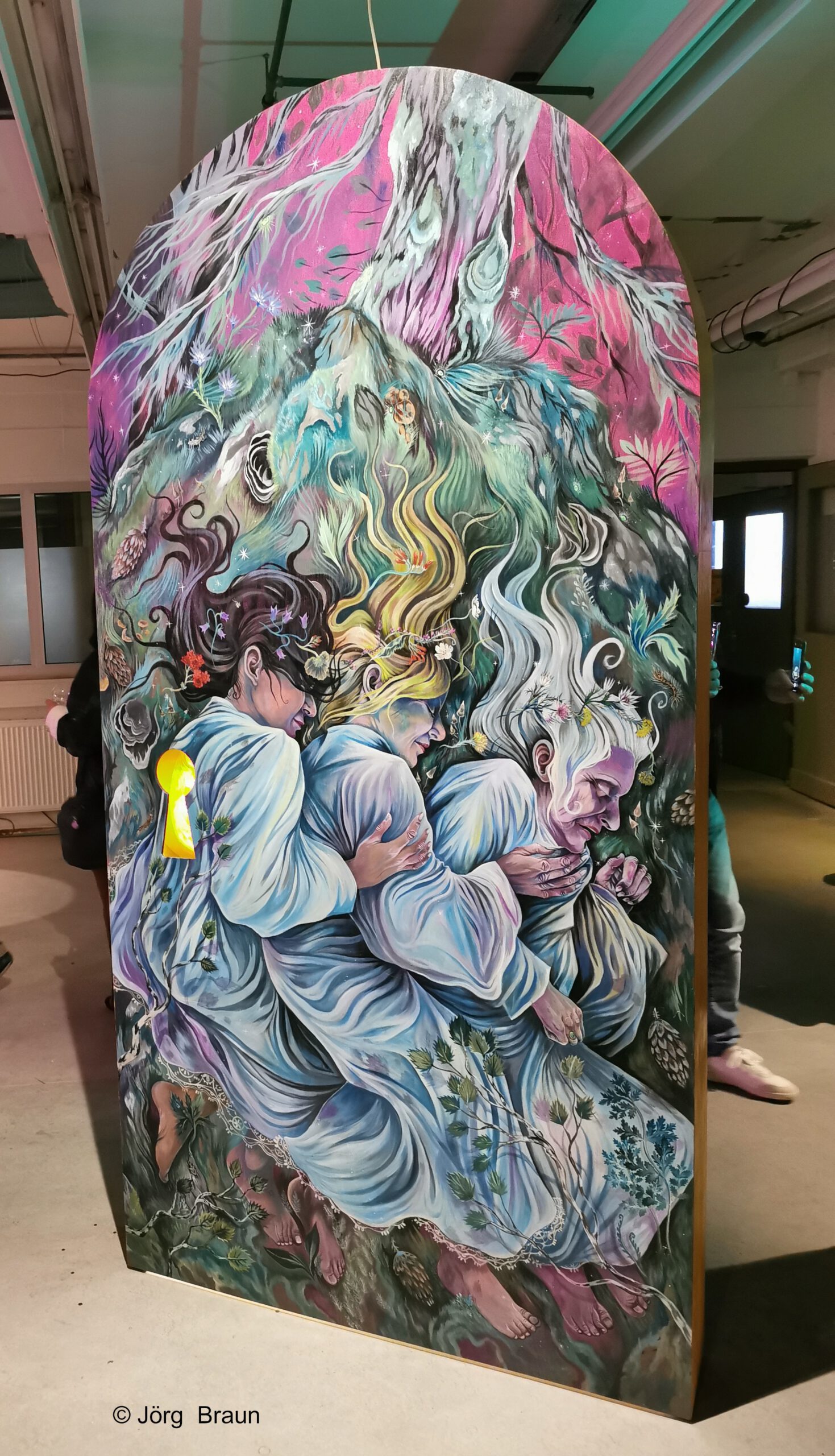
Leave a Reply